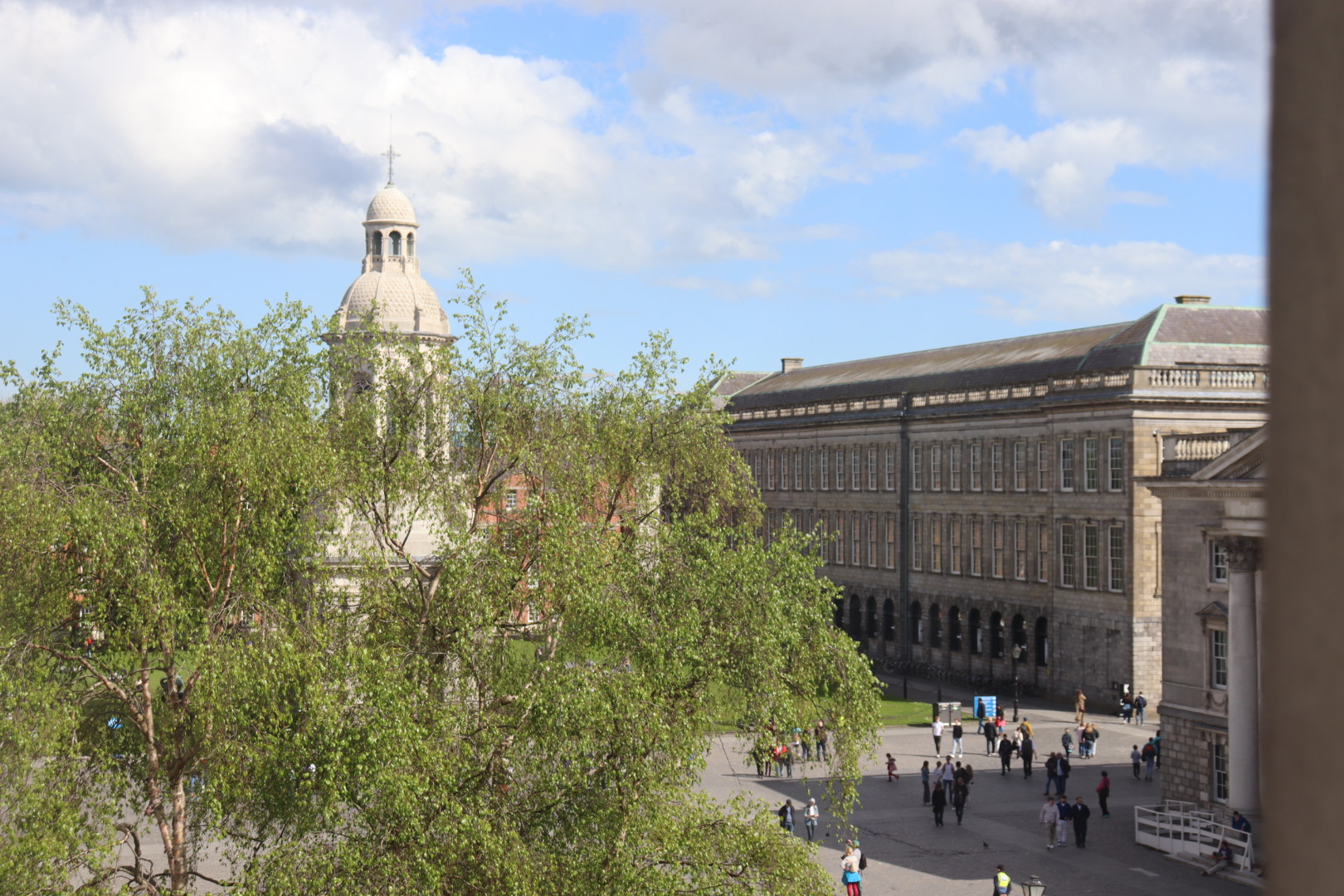David Gorman
Staff Writer
Is there a more compelling ongoing story in sport than the one of Tiger Woods ? From his humble beginnings as a black golfer trying to make his way in a predominantly white sport, to the best calendar year golf has ever seen in 2000 aged just 24, to the trials and tribulations of his troubled private life, it is not the story of an average sportsman. He is an iconic figure of his time, like him or loathe him and he is a sportsman like Muhammad Ali and Michael Jordan before him, transcends golf and attracts the casual golf fan and indeed sports fan to the game. Cutting a familiar figure on Sunday night with only light stubble and a pair of white shoes making him seem any different to the past, Tiger began another chapter in a story that would make a fine Hollywood movie someday – The Comeback.
It has not been an easy two years for the great man. Thanksgiving 2009 was a day that shook not only the golfing world but the sporting world. This was of course Woods’ car crash and the subsequent release of a series of infidelities which tarnished the reputation of the world highest earning sportsman. The number of infidelities kept rising, to which Woods later admitted to sleeping with upto 120 women. Divorce was imminent from his beautiful ex-spouse Elin Nordegren. The once media darling was now seen as a tortured soul, embarrassed by his self-admittance into a sex addiction clinic. He lost several sponsors, including Gillette, which would cost him upto $20 million. How could he return to professional golf if he could not sort his own life out? Tiger could not answer this yet. He announced an immediate break from professional golf and left his golf fans all around the world worrying that he would never come back.
He bravely returned in April at the opening major of 2010, the prestigious but the notoriously pretentious Augusta Country Club. ‘He disappointed all of us, and more importantly, our kids and our grandkids’, was the verdict of Augusta Chairman Billy Payne. However the reception the Woods received on the first tee was warm and Woods began with a career best opening round of 68 in the Masters, where he had won on four previous occasions. Woods battled his way to fourth place, a solid result and a sign of a return to formality in the field which he had endeared so many supporters over the years. But life is rarely as simple as that, even for the extremely talented. Woods’ next tournament was a disaster, a missed cut by eight strokes. Woods continued to produce lacklustre displays, culminating in the low of his professional career, a career worst total at the WGC Bridgestone Invitational, a tournament that he had won seven times.
Woods’ travails continued throughout 2010 and 2011. Even his coach, Hank Haney, deserted him. He sacked his right hand man for thirteen major championship wins, his caddy Steve Williams, who he later got involved in a bitter race row with. Not only this, he brought his problems with him to the course. This was not the Tiger Woods many golf followers had grown up to adore. He cursed, spat and threw clubs as he cut a frustrated figure, on and off the course. To make matters worse, Woods suffered yet another damaging injury to his left knee causing him to miss the 2011 US Open and British Open. Woods dropped to his worst position in the world golf rankings since 1996, a fall of 57 places.
The cynics suggested that it was Woods’ career was at an end. Some suggested that it would go the way of Seve Ballesteros and David Duval, careers cut short by injuries and in Tiger’s case mental inflictions also. Some mentioned that Woods had lost the ‘aura’ that had made him the most dominant player in the history of the sport; he no longer believed inside that he was the best. Some pointed to his swing changes under new coach Sean Foley, that he heading in the wrong direction.
But at some stage in the past month, it has just clicked for Woods. He perhaps luckily and controversially received a wildcard to participate in the Presidents Cup this month despite his poor form this season. Here, he clinched the win over the International team for the United States by winning his match over Aaron Baddeley. He gave a trademark final round charge at the Australian Open, including a chip in on the back nine that delighted the crowds present, a ‘Tiger Roar’ if you will. And now to top off a month of progress for Woods, his first win in over two years in the Chevron World Challenge. In the final two holes, Woods overturned a one shot deficit and turned it into a one shot win. Competing against the experienced Zach Johnson, he took his opponent down with precise iron play and clutch putting. The ‘Tiger Roar’ from the crowd on the 18th hole was reminiscent of a major championship, something highly unusual for this stage of the golfing year.
It is easy to get ahead of yourself in the cruel world of professional golf but there is one thing for certain, the trademark fist pump of Tiger Woods in birdieing the final hole on Sunday sent shivers down the spines of his fellow competitors. The win will have done him the world of confidence for bigger tournaments next year. The Golf Channel in the US reported record figures for November because of the return of Woods and it paints an obvious picture. The game in the US needs Tiger. The stranglehold of golf is currently located in Europe, with the top four players in the world all European [Donald(England), McIlroy(Northern Ireland), Westwood(England), Kaymer(Germany)]. With 26 million golfers in the USA alone, they need their hero firing on all cylinders to bring the Ryder Cup and major titles back to the US. Woods has brought us some of the most iconic moments in golfing history, winning the US Open on a broken leg as recently as 2008 is one of the most poignant memories. With the comeback of Woods and the emergence of a new generation of young golfers spearheaded by McIlroy, raised on videos of Woods majesty, the 2012 season is poised to be the most exciting season to date. Watch this space.







